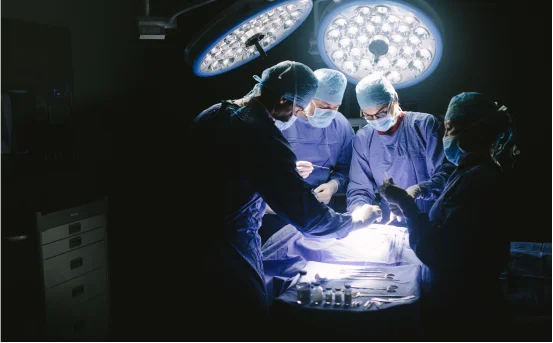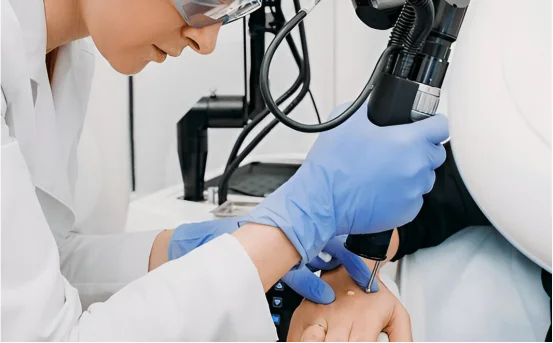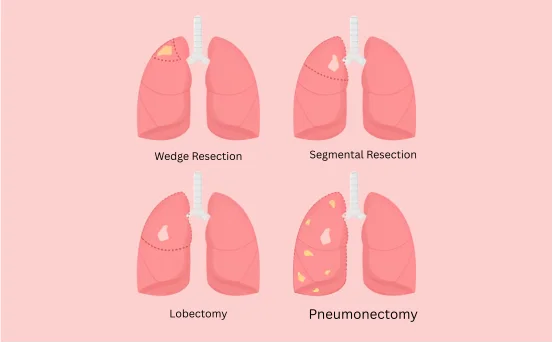Heart transplant surgery is one of the most complex and life-saving procedures in modern medicine. It is often the final option for patients suffering from end-stage heart failure or severe heart conditions that cannot be treated through medication or other surgeries. Understanding the step-by-step procedure in heart transplant surgery helps patients, caregivers, and healthcare professionals prepare for this transformative journey.
Patient Evaluation and Listing
Initial Medical Assessment
Before a patient is considered for a heart transplant, they must undergo a thorough medical evaluation. This includes:
- Blood tests
- Imaging studies (like echocardiograms, MRI, and CT scans)
- Cardiac catheterization
- Psychological evaluation
- Dental and infection screenings
These assessments help determine whether the patient is a suitable candidate for the transplant. Factors such as age, overall health, existing medical conditions, and lifestyle habits are carefully considered.
Eligibility and Wait listing
Understanding of the procedure in heart transplant surgery
If the evaluation confirms the patient is a candidate, they are placed on a national heart transplant waiting list, managed by organizations like UNOS (United Network for Organ Sharing) in the U.S. The listing is prioritized based on:
- Medical urgency
- Blood type and body size
- Geographic location
- Time spent on the waiting list
Donor Heart Matching and Allocation
Once a donor heart becomes available, several criteria are matched to ensure compatibility between the donor and the recipient. These include:
- Blood type
- Organ size
- Antibody levels
- Medical urgency
The transplant team must act quickly, as the donor heart must be transplanted within 4–6 hours after removal to ensure viability. The patient is contacted and rushed to the hospital when a suitable match is found.
Pre-Surgical Preparation
Upon arrival at the hospital, the patient undergoes last-minute testing and preparation. This includes:
- Blood work to confirm matching
- Chest X-rays
- Administration of immunosuppressive drugs to prevent organ rejection
- Fasting to prepare for general anesthesia
A surgical team, including cardiothoracic surgeons, anesthesiologists, and specialized nurses, is assembled to perform the procedure.
The Heart Transplant Surgery Procedure
- General Anesthesia :- The patient is given general anesthesia to ensure they are unconscious and pain-free throughout the operation. They are also connected to a ventilator to support breathing.
- Incision and Chest Opening :- A median sternotomy is performed, which involves making a vertical incision down the middle of the chest and spreading the breastbone to expose the heart.
- Cardiopulmonary Bypass :- The patient is connected to a heart-lung machine, which takes over the functions of the heart and lungs during the surgery. This allows the surgeon to stop the heart temporarily and operate in a bloodless field.
- Removal of the Diseased Heart :- The surgeon carefully removes the patient’s diseased heart, preserving the back walls of the left and right atria in most cases. Major blood vessels like the aorta and pulmonary artery are clamped and separated.
- Donor Heart Implantation :- The healthy donor heart is then sewn into place, connecting:
- The left atrium
- The right atrium
- The aorta
- The pulmonary artery
This process is done meticulously to ensure proper alignment and function.
- Restarting the Heart :- Once the heart is connected, the surgical team gradually reintroduces blood flow. In most cases, the donor heart begins beating on its own. Sometimes, mild electric shocks are used to restart the heart.
- Weaning Off the Heart-Lung Machine :- As the new heart begins to function, the patient is gradually weaned off the heart-lung machine. The surgeon checks for leaks and ensures the heart is pumping effectively.
- Closing the Chest :- The sternum is closed using surgical wires, and the incision is closed with sutures or staples. A temporary chest drain is inserted to remove any excess fluids.
Post-Operative Recovery in the ICU
After surgery, the patient is transferred to the intensive care unit (ICU) for close monitoring. This phase typically lasts 3–7 days, depending on the patient’s condition.
- Ventilator support may be continued for 24–48 hours.
- Medications are administered to manage pain, prevent infection, and suppress immune response.
- Regular ECGs and echocardiograms monitor the heart’s performance.
Long-Term Post-Transplant Care
- Immunosuppressive Therapy :- To prevent the immune system from rejecting the donor heart, patients must take immunosuppressive medications for the rest of their lives. These drugs lower the immune response but increase the risk of infections.
- Regular Monitoring :- Patients undergo frequent follow-ups and tests to check for signs of rejection or complications:
- Heart biopsies
- Blood tests
- Imaging scans
- Electrocardiograms
Lifestyle Adjustments
Post-transplant recovery also requires lifestyle changes, such as:
- Maintaining a heart-healthy diet
- Regular physical activity under medical supervision
- Avoiding smoking and alcohol
- Managing stress and emotional well-being
Risks and Complications
While heart transplant surgery offers a chance at renewed life, it does carry risks, such as:
- Organ rejection
- Infection due to immunosuppressants
- Kidney damage
- High blood pressure
- Cancer (especially skin cancer and lymphoma)
Timely detection and management of these complications can significantly improve outcomes.
Life After a Heart Transplant
Many patients go on to lead fulfilling lives after successful heart transplant surgery. With advancements in surgical techniques, post-operative care, and immunosuppressive medications, survival rates have improved significantly. Most recipients enjoy better quality of life, increased physical activity, and emotional well-being.
Conclusion
Understanding the procedure in heart transplant surgery provides a clear picture of what this life-saving operation entails. From evaluation and donor matching to the complex surgical steps and long-term care, every phase is crucial to the success of the transplant. While the journey is challenging, the outcome can be life-changing for those suffering from advanced heart disease.
This guide is a reminder of how far medical science has come—and how a second chance at life is possible through innovation, dedication, and care.






















